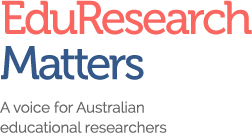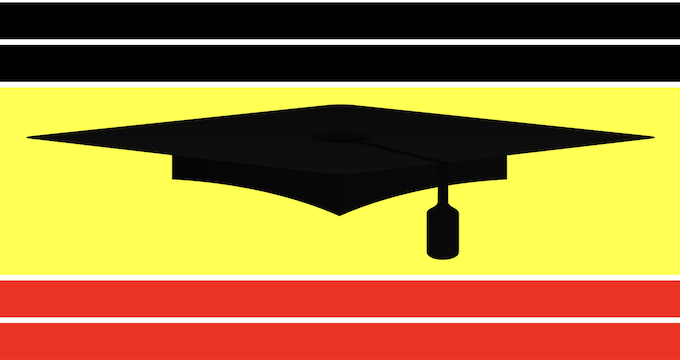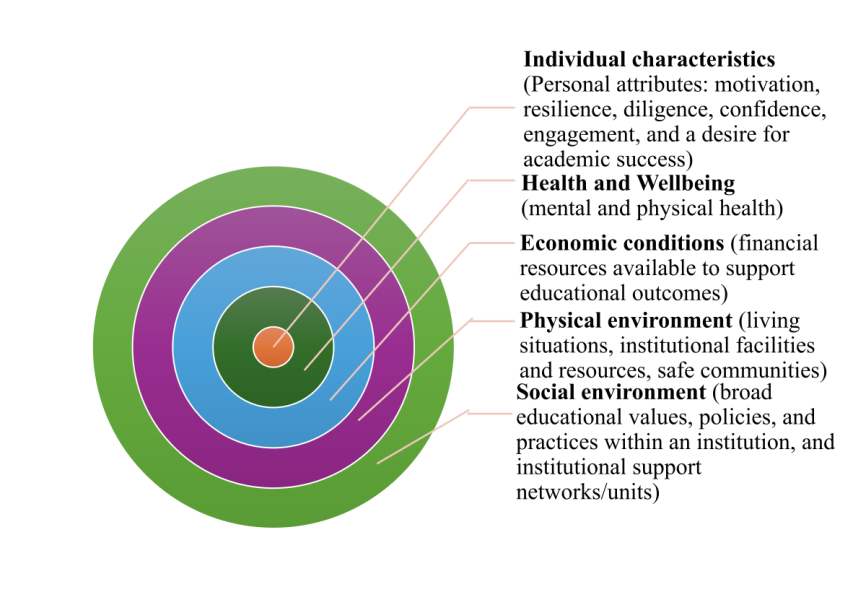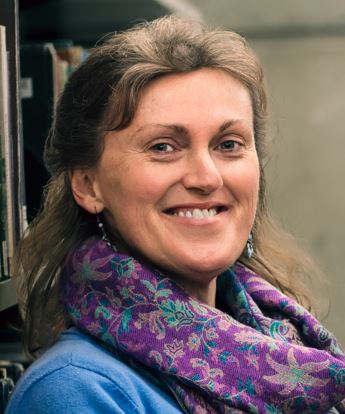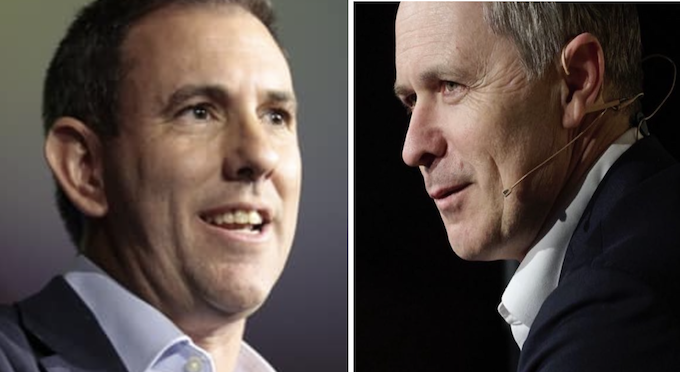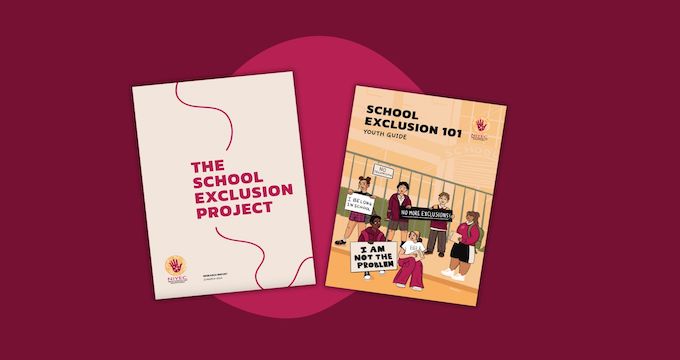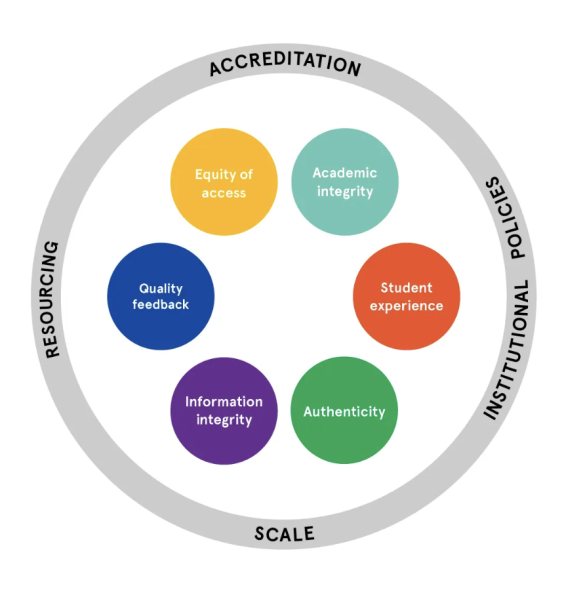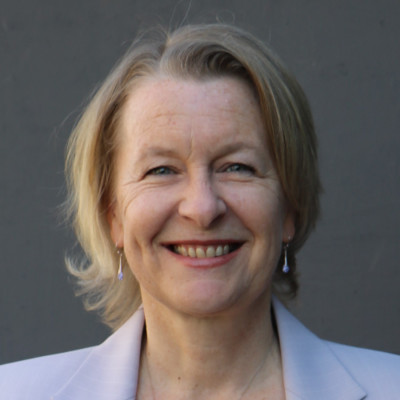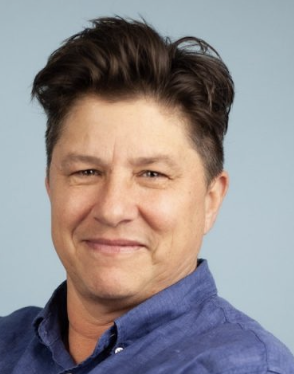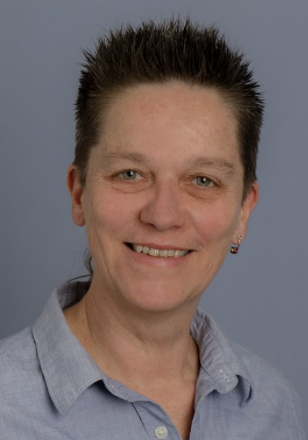When you enter the encampment, you see colour: the red, green, black and white of Palestinian flags and posters and the red, yellow and black of Aboriginal flags, clusters of multicoloured tents and the vibrant hues of children’s artwork. If you walk around, you pass the community library, public notice boards and tables sharing leaflets. There’s a central gathering space with circles of chairs and cushions in watermelon red and green. There may be paintbrushes scattered around from the latest banner painting session, a film screening underway. There may be a researching bee taking place, or myriad teach-ins. You’ll likely see a plurality of students of various religious, racial, gender, class and political positionings, all committed to working together. You might catch the scent of smoky fire cheese fry pans or see students cooking up some other feast from the community pantry.
If you stop and browse in the library or scan the noticeboard, chances are you’ll be greeted by students who are keen to chat about their concerns, local and global happenings and what the encampment is demanding: disclose ties to weapons companies, all funding and research deals; divest and cut ties with all weapons manufacturers; solidarity with Palestine and an end to the occupation. And chances are students will tell you it’s good that you are here. Together, we might ask the question of how can university students and staff support each other to teach and research in solidarity with Palestine? The message from students is clear: “Come down to the Gaza Solidarity Encampment. Help us build the anti-war campaign and stand in solidarity with Palestine.”
A global movement
Similar Gaza solidarity encampments have arisen on university campuses globally. Most establishment figures and institutions have insisted on crackdowns, closures and punitive measures. Encampments in the USA, Germany, the Netherlands and Greece have suffered threats and harsh physical and procedural treatment from police and universities. Mainstream media portray the encampments as hotbeds of antisemitism and violence. Such portrayals bear little resemblance to these camps’ operations.
Through social media the students decide on their own portrayals. They also publish formal statements and have their own student news outlets. Sharing is to inform, explain, inspire, warn. Confronting images of the NYPD invading student encampments across New York City ricochet around the globe.
What encampments teach
All encampments raise awareness about the justice of the Palestinian cause and the horrors of the war in Gaza. They demand their universities disclose and end their association with suppliers of arms to the Israeli state. Banners read ‘Disclose Divest. We will not stop. We will not rest’. ‘Stop the lies. Cut the ties’. If they meet with university leaders, if a university agrees to some demands, the students reveal it. They denounce those leaders who refuse to talk.
They post images of camps, campus marches with allies, occupations, die ins, rings of staff protecting students, of graduation ceremonies where gowned students unfurl Free Palestine banners and the Palestinian flag as they receive their awards. Through social media they hear each other’s chants and slogans, see each other’s banners and flags. ‘Stop Genocide Ceasefire Now’ ‘Jews against Genocide’ And they hear each other’s insistent voices— speaking, praying, singing, reciting poetry. Messages of support and solidarity flow out, flow in. Palestinians in Gaza send thanks. The students share lists and maps showing the latest encampments. A map of the Nordic countries is headed Students all across the Nordics are mobilising …. 13 encampments, 12 cities, 4 countries. Another map appears of Belgium’s five encampments; similarly, a map of Sweden.
They also share why, when and how some encampments end—seldom willingly. One student asks ‘What kind of system do we live in where an institution can call the police on you for opposing genocide?’
Pedagogic spaces
Moving through any encampment you might see a banner with the encampment’s ground rules, laying the foundation for a community collectively governed. We might see students reading books from the encampment library or gathering to prepare the next speech, rally, banner or chant. The air will be abuzz with the sound of community in the making. Students are becoming practiced in all manner of community actions, educating, caring and creating.
In the encampments, we see, feel, hear, envision and are invited into the cocreation of student-led pedagogies of action, protest, disruption and insurgence pedagogies of love and carepedagogies of peace and encircling pedagogies that exceed/seed/cede We see the enactment of education as something you do with and for other people.
A different way of doing education
University encampments invite us into a different way of doing education that defies institutional control. These are spaces that nurture student-led movements which are disrupting and expanding the boundaries of education. Such student-led projects extend beyond racial, religious, national and disciplinary boundaries, and refuse to be co-opted into the institutional status quo. Attending to student-led movements such as university encampments for Palestine opens possibilities for us to revitalise universities as generative spaces of study.
These students are refusing to spend their time of higher learning being processed as obedient units of the colonial class system that sacrifices our humanity, in one way or another, to the death spiral of global capitalism. They are insisting, instead, upon their right to create home, joy, and liveable futures. – Eugenia Zuroski
In the words of Eman Abdelhadi, the encampments are “gifting a new experience of wholeness”. They have “helped heal some of the wounds of the past seven months and reenergized us for the fight ahead.” The students’ university’s connections with the world confront the public university’s silence about and repression of what is happening in the world.
Don’t ask why students are protesting. Ask what died in you that you are not
The students have highlighted scholasticide in Palestine. The destruction of universities, schools, libraries, museums. The loss of many teachers, students, academics, intellectuals, writers, artists. In contrast most university leaders have been mute — failing to mourn the loss of what they claim to value. Failing to offer solace. Failing linguistically too. Any encampment student could explain that From the river to the sea and Intifada are not antisemitic and have special meaning for the Palestinian people. Largely, the leadership ignores this. Neither do they want to learn from Jewish members of the encampments who insist that Jewishness must not be used to justify genocide. Like many members of the Jewish community, when they say, Never again, they mean never again for anyone.
What university leaders could learn
University leaders could learn from the students’ ethical clarity. The students are providing the moral leadership expected from sites of knowledge and learning. And many staff are fearlessly joining them, despite the silencing chill from above. In contrast university leaders talk of Jewish students’ fear of attending campus and of the inconvenience of disruption and damage. If they visited the encampments and looked at the students’ screens, they would see the everyday, every night fear, disruption and damage of the Gaza war. This might help them gain a sense of perspective.
And having witnessed the encampments’ liveliness, diversity, community engagement and transnational solidarity they might think twice about the loss of the university’s soul and conscience under their watch.
Our job is not to protect the institution or its timelines or its profits or its myths of impartiality. Our job is to be strong for our students and to protect them every way we can so that they can realize their own visions of peace and liberation for Palestine. As you go to class today, remember, there are no universities left in Gaza. – Eugenia Zuroski
Main image: Student encampment at Adelaide University – Kaurna Yerta 5 May 2024. Photo: Jack Desbiolles
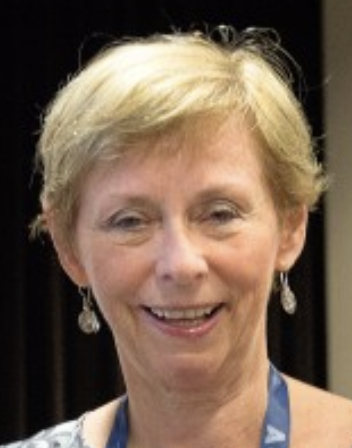
Jane Kenway is an elected Fellow of the Academy of Social Sciences, Australia, Emeritus Professor at Monash University and Professorial Fellow at the University of Melbourne. Her research expertise is in educational sociology.
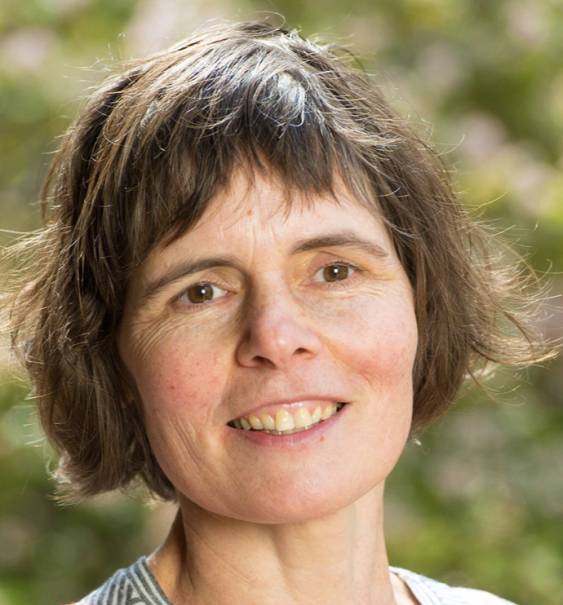
Katie Maher lectures in Education at the University of South Australia. She co-chairs the Pedagogies for Justice research group and is a Series Editor for AARE’s Local/Global Issues in Education book series.

